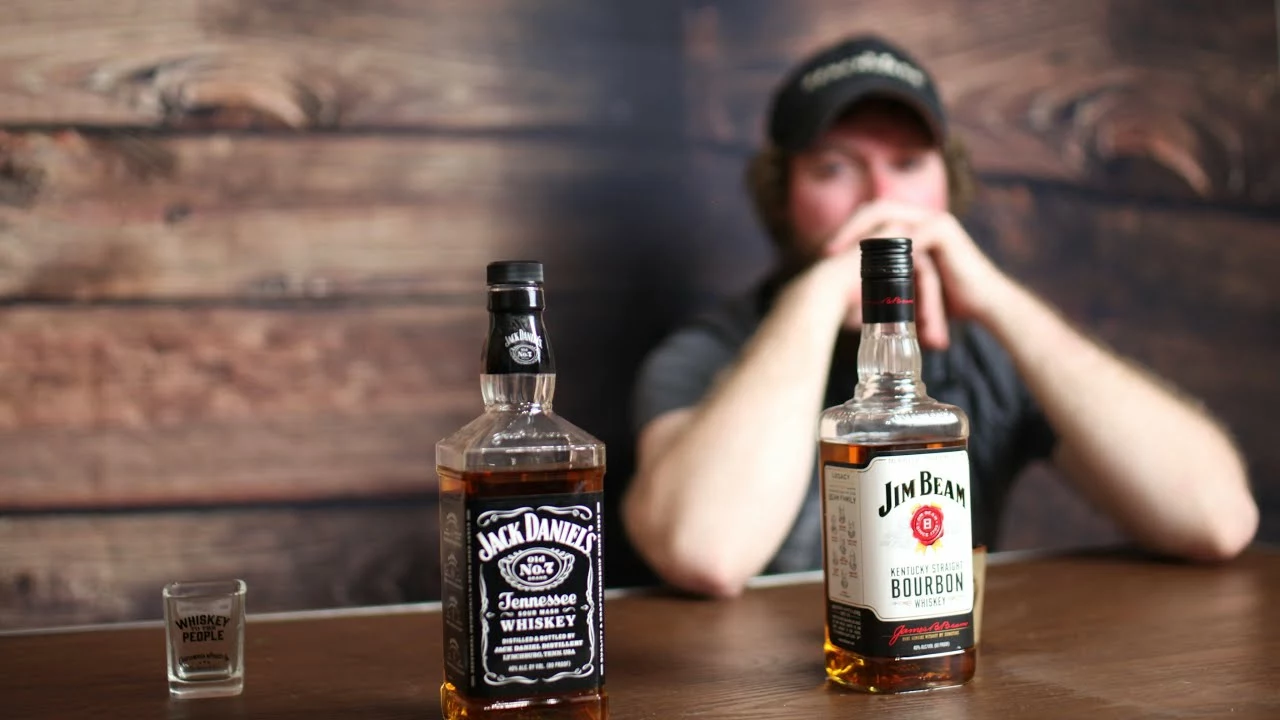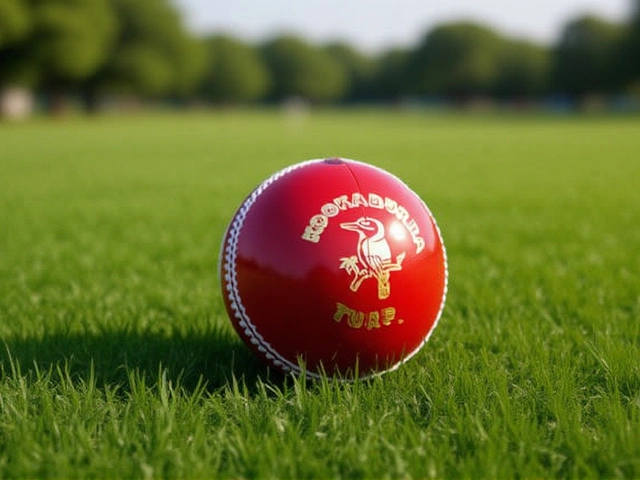Alcohol and Spirits Education: Your Quick Guide to Drinks
Welcome! If you’ve ever wondered why some bottles say "whisky" and others "whiskey," you’re in the right place. This page breaks down the basics of alcohol and spirits, gives you practical tips, and points you to the articles that dig deeper.
Whisky vs. Whiskey – What’s the Real Difference?
First off, the spelling isn’t a typo – it tells you where the spirit comes from. Scottish and Canadian products usually drop the "e" and are called "whisky." Irish and American ones keep the "e" and become "whiskey." That small change also hints at the production style.
Scottish whisky often carries a smoky, earthy vibe because many malted barleys are dried over peat fires. Irish whiskey tends to be lighter and a bit sweeter, thanks to triple distillation and a different grain mix. American whiskey, especially bourbon, leans on corn and has a mellow, vanilla‑sweet flavor.
But don’t box everything in. Within each region you’ll find brands that break the mold – a Scottish malt that’s surprisingly fruity or an American rye that’s sharply spicy. The key is to taste, not just trust the name.
How to Taste Spirits Like a Pro
Grab a glass, add a splash of water if you like, and give it a gentle swirl. Smell first – you might catch notes of oak, fruit, or smoke. Take a small sip, let it coat your tongue, and notice the sweet, bitter, and spicy layers. Finish is the lingering taste after you swallow. Try this with a dram of whisky and a shot of whiskey – you’ll start to see the nuances.
Keep a notebook. Jot down the brand, where it’s from, and what you notice. Over time you’ll spot patterns and develop a personal preference.
Beyond whisky and whiskey, our Alcohol and Spirits Education hub covers gin, rum, tequila, and even low‑alcohol options. Each article explains the main ingredients, typical flavors, and simple serving ideas.
Got a favorite drink you want to learn more about? Use the search bar or browse the categories. We keep the language easy – no jargon, just clear, friendly advice.
So, next time you’re at a bar or browsing shelves, you’ll know whether that dram is a smoky Scotch or a smooth Irish whiskey, and you’ll have a few tasting tricks under your belt. Dive into the posts, try a few samples, and enjoy the journey through the world of spirits.







